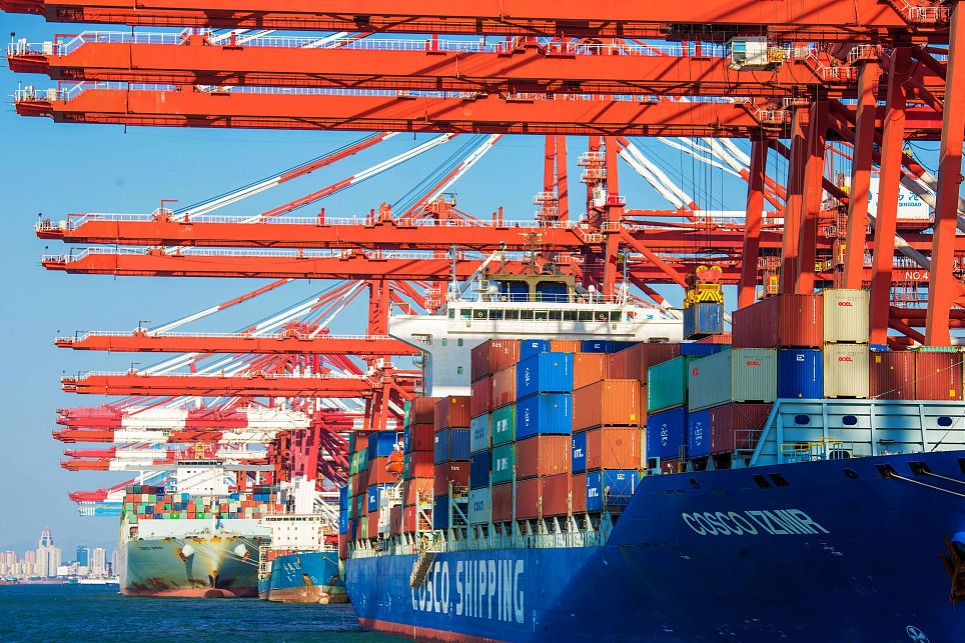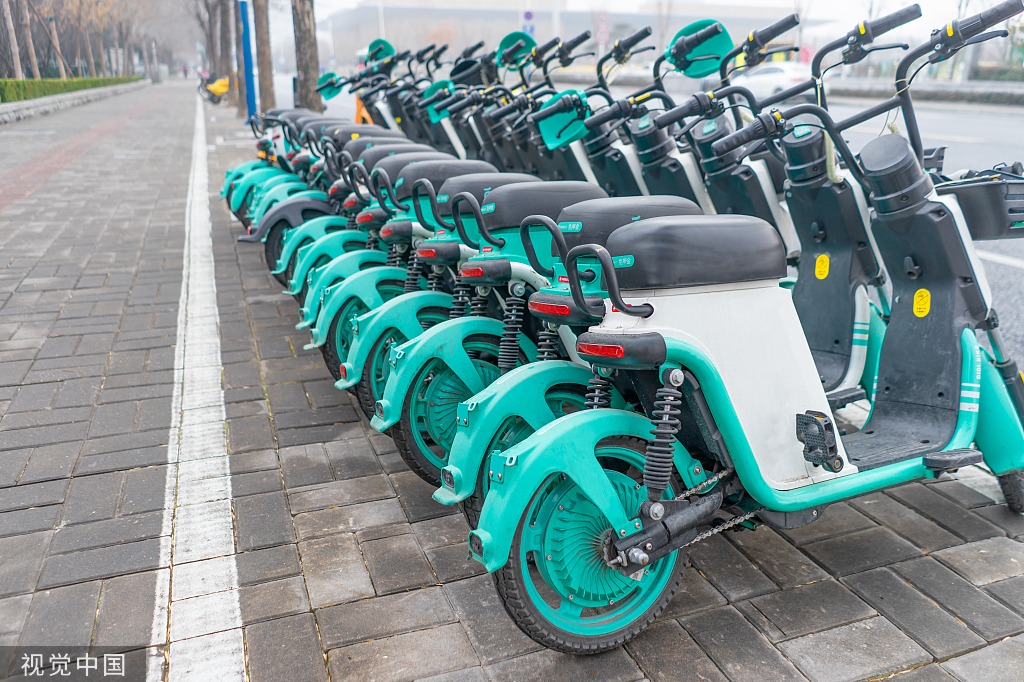Train link creates great range of prospects, win-win cooperation
By LI YINGQING in Kunming | China Daily | Updated: 2022-11-29 09:57

Facilitating investment
China and Laos decided to build and develop the zone on the border between Yunnan and Laos' province of Luang Namtha. It is the second cross-border economic cooperation zone established by China and a bordering country — the first was the China-Kazakhstan Horgos International Frontier Cooperation Center.
The Mohan-Boten Economic Cooperation Zone will promote the economic complementarity between the two countries, facilitate trade investment, promote industrial cooperation and accelerate the development of the border area of the two countries.
As a result, Mohan is being transformed from a "backwater" area to a "bridgehead" of China's socioeconomic development within the specific context of the country's antipoverty campaign.
Ai Xiang, chairman of the Standing Committee of the Mohan Township People's Congress, has worked in the town for 27 years.
"There were 10,000 residents living in Mohan 10 years ago, when the town was not easily accessible, and people could hardly make ends meet," said Ai, who added that the annual income of a local household at that time was 8,000 yuan.
"In the past decade, we now have a highway and a railway," Ai said. "All 66 villages of the town are now accessible by asphalt or concrete roads."
The town now has a population of 25,000, with a per capita income of 14,000 yuan a year.
With the advantages of shorter transportation times, lower logistics costs and higher safety and environmental protection, international freight via the China-Laos Railway has developed rapidly.
International freight trains from more than 20 cities are quickly cleared through Customs. The transportation network connects the Bohai Economic Rim area, the Yangtze River Delta region and the Pearl River Delta region, and it covers Laos, Thailand, Cambodia and other Southeast Asian countries.
The cooperation zone has become an important logistics channel to drive the economic and trade development of China, Laos and other Southeast Asian countries.
The travel time from one end of the rail line to the other is approximately 10 hours — well below the current road time of about 30 hours — and transportation costs between Vientiane and Kunming have been reduced by more than 30 percent, according to the Assets Supervision and Administration Commission of the State Council, China's Cabinet.
Du Yongzhi, who is in charge of the Mohan office of Haihan Logistics Co, which deals with imports and exports between China and Laos, spoke highly of the safe and efficient Customs clearance mode established for the China-Laos Railway and the Mohan-Boten Economic Cooperation Zone.
"It helps cut the costs of our operations. As a result, we can sharpen our cutting edge in foreign trade," Du said.
The railway is expected to increase the trade flow between China and Laos, from 1.2 million metric tons in 2016 to 3.7 million tons by 2030, including 2 million tons shifted from maritime to rail transportation, according to the World Bank.
Goods delivered
Goods such as cattle feed, daily necessities as well as mechanical and electrical products from 21 Chinese provinces, autonomous regions and municipalities were transported via the China-Laos Railway to 10 Southeast Asian nations. Imported cargo included iron ore and charcoal from Southeast Asia, Kunming Customs said.
Xia Yingjiang of Yunnan Tianchi Logistics said that when the company previously sent chemical fertilizer to Southeast Asia, the goods had to go by train from Yunnan to the Guangxi Zhuang autonomous region, and from there, the journey was continued by sea to various destinations.
"It took a lot of time and we spent a lot of money," Xia said. "Now, we go by the China-Laos Railway, which saves time and money."
























